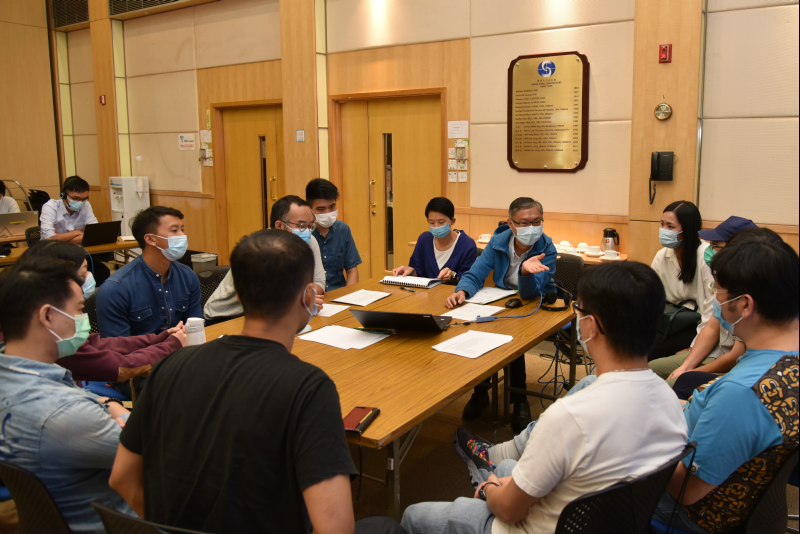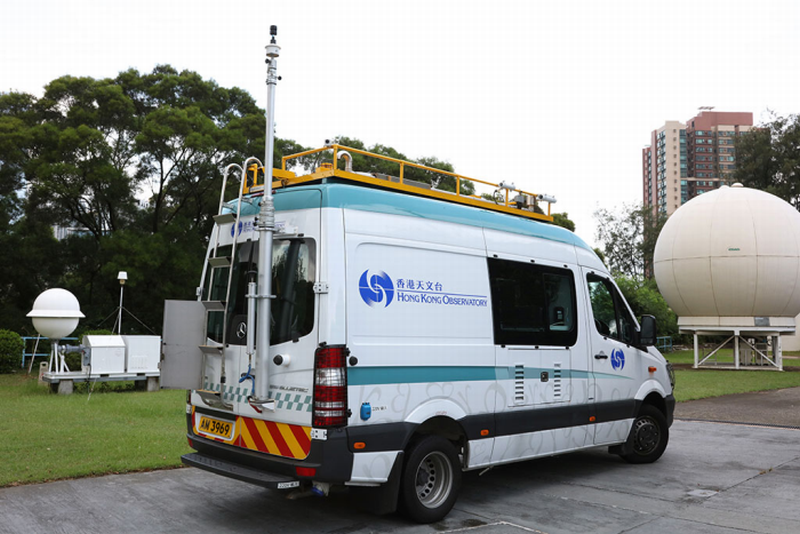Nuclear Emergency Drills and Exercises
Nuclear Emergency Drills and Exercises
CHAN Siu-wai
July 2021
Currently, there are four nuclear power stations in operation in Guangdong. Among them, Daya Bay Nuclear Power Station and Ling Ao Nuclear Power Station at the Da Peng Peninsula are the closest to Hong Kong, about 50 kilometres northeast of Hong Kong’s urban area. Under the Daya Bay Contingency Plan of the HKSAR Government, if a nuclear accident may occur or has occurred, various departments will carry out their emergency duties following the activation of the Plan. In particular, the Observatory will conduct emergency radiation monitoring and carry out accident consequence assessment. These include enhancing the environmental radiation monitoring and conducting emergency radiological survey, so as to appreciate the latest environmental radiation levels in Hong Kong and assess the potential impact of the accident to Hong Kong.
To ensure that colleagues can swiftly carry out emergency duties in the unlikely event of a nuclear accident, the Observatory organizes regularly various drills and exercises, including table-top exercises and field exercises. Under various hypothetical nuclear accident scenarios, emergency post holders will carry out their respective emergency response duties. The tasks include conducting mobile radiological land survey and sample collection, carrying out aerial emergency radiological survey as well as measuring samples at the King’s Park Radiation Laboratory. The emergency post holders at the Observatory’s Monitoring and Assessment Centre will carry out accident consequence assessment utilizing computer models and radiation monitoring results. They will also conduct drills following different notification mechanisms of nuclear events. To ensure that colleagues are well prepared for effectively carrying out emergency duties when needed, the Observatory conducted 21 drills and exercises in 2020 and continued to enhance the radiation monitoring and assessment facilities.
Since the Fukushima Daiichi nuclear accident in Japan in 2011, public concerns on the safety of nuclear power stations and the environmental radiation levels in Hong Kong have been raised. The Observatory's Radiation Monitoring Network, consisting of 12 radiation monitoring stations, measures ambient gamma dose rate continuously and collects airborne particulate, gaseous Iodine and deposition samples. To provide more flexibility in radiation monitoring, the Observatory utilizes the Radiological Survey Vehicles and the Aerial Radiation Monitoring System on board the helicopter of Government Flying Service to conduct land and aerial surveys respectively.

Figure 1 The Observatory organized table-top exercise in relation to the Daya Bay Contingency Plan, with the participation of colleagues from other government departments.

Figure 2 Radiation Survey Vehicle is deployed in field exercise for collecting environmental samples at various locations in Hong Kong.